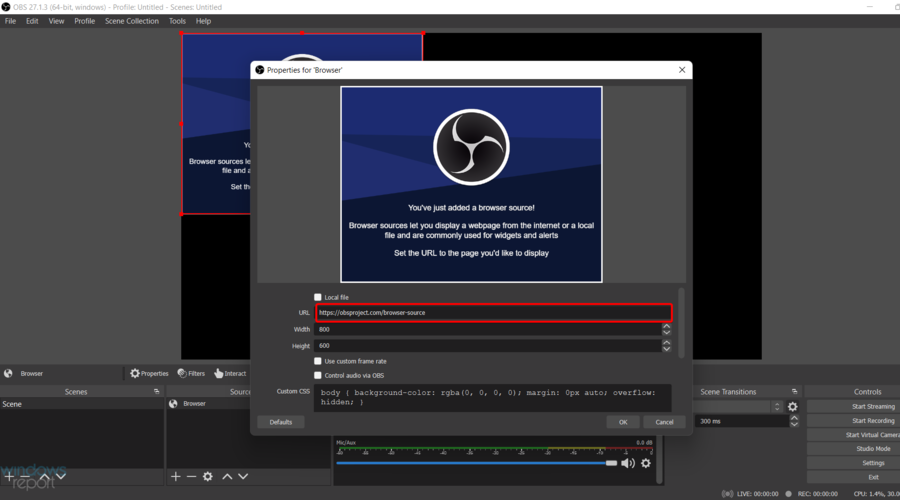

- Clr browser source plugin for lightstream registration#
- Clr browser source plugin for lightstream portable#
- Clr browser source plugin for lightstream code#
Clr browser source plugin for lightstream code#
Instead, information about the types you define (and their dependencies) is stored with the code as metadata, making the tasks of component replication and removal much less complicated.
Clr browser source plugin for lightstream registration#
Registration information and state data are no longer stored in the registry where they can be difficult to establish and maintain.

The runtime uses this information to ensure that your component or application has the specified versions of everything it needs, which makes your code less likely to break because of some unmet dependency. This cross-language integration is possible because language compilers and tools that target the runtime use a common type system defined by the runtime, and they follow the runtime's rules for defining new types, as well as for creating, using, persisting, and binding to types.Īs part of their metadata, all managed components carry information about the components and resources they were built against. You can also pass an instance of a class to a method of a class written in a different language. For example, you can define a class and then use a different language to derive a class from your original class or call a method on the original class. Objects written in different languages can communicate with each other, and their behaviors can be tightly integrated. The common language runtime makes it easy to design components and applications whose objects interact across languages. Because language compilers supply their own types, such as primitive types, you might not always know (or need to know) whether your data is being managed. If your code is managed, you can use managed data, unmanaged data, or both managed and unmanaged data in your. Garbage collection eliminates memory leaks as well as some other common programming errors.

Objects whose lifetimes are managed in this way are called managed data. The runtime automatically handles object layout and manages references to objects, releasing them when they are no longer being used. The runtime uses metadata to locate and load classes, lay out instances in memory, resolve method invocations, generate native code, enforce security, and set run-time context boundaries.
Clr browser source plugin for lightstream portable#
Metadata is stored with the code every loadable common language runtime portable executable (PE) file contains metadata. To enable the runtime to provide services to managed code, language compilers must emit metadata that describes the types, members, and references in your code. For more information, see ECMA C# and Common Language Infrastructure Specifications. Compilers and tools are able to produce output that the common language runtime can consume because the type system, the format of metadata, and the run-time environment (the virtual execution system) are all defined by a public standard, the ECMA Common Language Infrastructure specification.


 0 kommentar(er)
0 kommentar(er)
